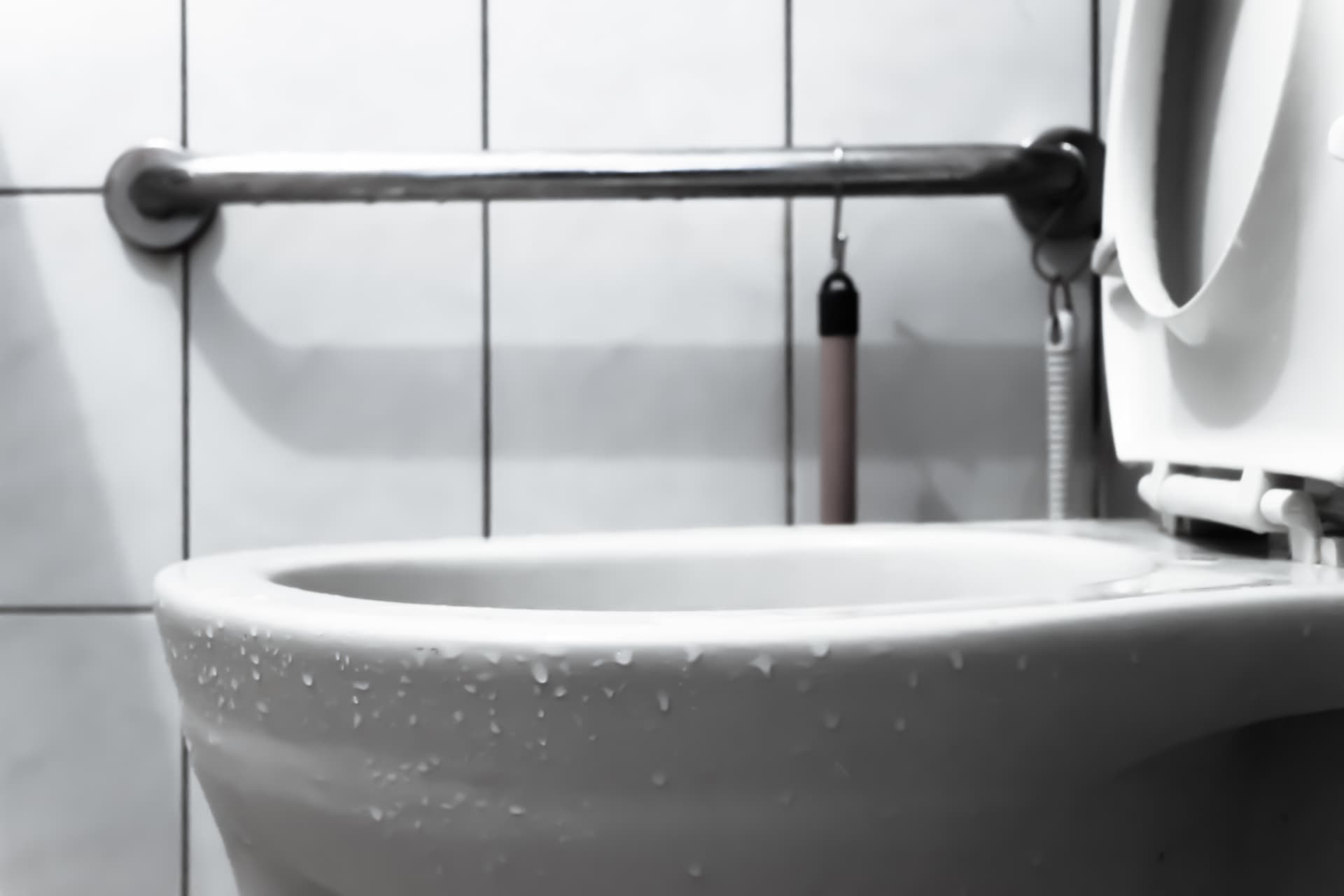

Articles
How To Stop An Overflowing Toilet
Modified: February 28, 2024
Learn effective strategies and tips from our insightful articles on how to quickly and efficiently stop an overflowing toilet. Discover expert advice to prevent any unwelcome bathroom surprises!
(Many of the links in this article redirect to a specific reviewed product. Your purchase of these products through affiliate links helps to generate commission for Storables.com, at no extra cost. Learn more)
Introduction
An overflowing toilet is a plumbing emergency that can cause panic and frustration for homeowners. It can lead to water damage, unpleasant odors, and unsanitary conditions if not addressed promptly. However, with the right knowledge and a calm approach, you can effectively stop an overflowing toilet and prevent further damage.
In this article, we will guide you through a step-by-step process to deal with an overflowing toilet. By following these steps, you will be able to assess the situation, turn off the water supply, gather the necessary tools, and attempt to clear the clog. We will also explore the use of enzymatic drain cleaners and when it may be necessary to call a professional plumber. So let’s dive in and learn how to tackle this common household problem.
Key Takeaways:
- Swiftly assess an overflowing toilet’s severity, turn off the water supply, and use a plunger or auger to clear clogs. If issues persist, seek professional help to prevent water damage and ensure a smoothly functioning toilet.
- Enzyme-based drain cleaners offer an eco-friendly option for organic clogs, but recurring or complex plumbing issues may require professional intervention. Practice preventive maintenance to avoid future toilet clogs and maintain a clean, functional home.
Read more: How To Fix An Overflowing Toilet
Step 1: Assess the Situation
The first step in dealing with an overflowing toilet is to assess the situation and determine the severity of the problem. This will help you decide on the appropriate course of action. Here are a few things to consider:
- Water Level: Check the water level in the toilet bowl. If it is rising rapidly and is close to overflowing, you need to act quickly. If the water level is already overflowing, proceed to the next step.
- Multiple Fixtures: Determine if the issue is limited to just one toilet or if multiple fixtures in your home are experiencing drainage problems. If other toilets or drains are also affected, it could indicate a larger issue within your plumbing system.
- Visible Clog: Look for any visible signs of a clog, such as toilet paper or foreign objects blocking the toilet bowl. If you can see and reach the clog, you may be able to remove it manually using gloves or a tool.
Assessing the situation will enable you to gauge the urgency of the problem and decide whether you can attempt to resolve it on your own or if you need to seek professional assistance. In some cases, a simple clog can be easily cleared, but if the problem seems more complex or the water continues to rise rapidly, it’s best to contact a plumber.
Step 2: Turn Off the Water Supply
Once you have assessed the situation and determined that the toilet is indeed overflowing, the next step is to quickly turn off the water supply. This will help prevent further flooding and water damage. Here’s how you can do it:
- Locate the Water Supply Valve: The water supply valve is typically located behind or near the toilet. It is a small lever or knob that controls the water flow to the toilet. If you cannot find the valve near the toilet, check the main water supply valve for your entire house.
- Turn Off the Water Supply: Once you have located the water supply valve, turn it clockwise (to the right) to shut off the water flow to the toilet. This will stop the flow of water into the tank and prevent it from overflowing.
If the water supply valve is difficult to turn or is not functioning properly, you may need to locate the main water supply valve for your entire house and turn it off temporarily. This will shut off the water supply to all fixtures in the house, including the toilet.
By turning off the water supply, you can prevent additional water from entering the toilet bowl and exacerbating the overflow. This will give you the necessary time to address the clog and take further action without the risk of flooding.
Step 3: Gather Necessary Tools
Before attempting to clear the clog, it’s important to gather the necessary tools and equipment. Having the right tools on hand will make the process much easier and increase your chances of success. Here are the essential tools you will need:
- Plunger: A plunger is one of the most common and effective tools for unclogging toilets. Make sure you have a high-quality, heavy-duty plunger with a rubber flange or cup that can create a tight seal around the drain opening.
- Toilet Auger or Snake: If the clog proves more stubborn, a toilet auger or snake can help break up and remove the blockage. This tool consists of a long, flexible cable with a crank or handle at one end and a corkscrew-like attachment at the other.
- Gloves and Protective Gear: It’s always a good idea to wear gloves and protective eyewear when dealing with a clogged toilet. This will help protect your hands from bacteria and prevent any splashing that may occur during the unclogging process.
Having these tools ready and easily accessible before you begin will save you time and make the process more efficient. It’s also a good idea to have some old towels or rags nearby to clean up any spills or drips that may occur during the unclogging process.
Now that you have gathered the necessary tools, you are prepared to move on to the next step and attempt to clear the clog using a plunger.
Step 4: Attempt to Clear the Clog with a Plunger
Using a plunger is often the first line of defense in clearing a clogged toilet. It is a simple tool that creates suction and pressure to dislodge the clog. Follow these steps to effectively use a plunger:
- Position the Plunger: Make sure there is enough water in the toilet bowl to cover the rubber cup of the plunger. If there isn’t enough water, add some by pouring a bucket of water into the bowl. Place the plunger over the drain opening and ensure a tight seal is formed.
- Apply Downward Pressure: Push the plunger down gently at first, just enough to create a seal. Then, using a firm and steady motion, apply downward pressure and push and pull the plunger rapidly. This action will create suction and help dislodge the clog.
- Repeat the Process: Continue plunging for several seconds, making sure to maintain the seal. Push and pull the plunger vigorously in an up and down motion for about 15-20 seconds.
- Check for Drainage: After plunging, carefully remove the plunger and observe if the water in the toilet bowl starts to drain. If the water level starts to lower, it indicates that the clog is successfully dislodged.
- Test Flush: To ensure that the clog is completely cleared, slowly and cautiously flush the toilet. If the water flushes away properly without any signs of overflowing, congratulations! You have successfully cleared the clog using a plunger.
If the first attempt with the plunger is not successful, don’t worry. You can try plunging again a few more times before moving on to other methods. If, however, you are still unable to clear the clog, it may be time to explore other options, like using a toilet auger or calling a plumber.
Remember to exercise caution while using a plunger, as vigorous plunging can cause splashes and spills. Use protective gear and be mindful of your surroundings to avoid any unnecessary mess or accidents.
If your toilet is overflowing, turn off the water supply to the toilet by locating the shut-off valve behind the toilet and turning it clockwise. This will stop the flow of water and prevent further flooding.
Read more: What To Do If Toilet Overflows
Step 5: Use a Toilet Auger or Snake
If your attempts with the plunger have not successfully cleared the clog, it is time to move on to a toilet auger or snake. This tool is specifically designed to navigate through the pipes and break up stubborn clogs. Follow these steps to use a toilet auger effectively:
- Extend the Cable: Extend the cable on the toilet auger or snake by turning the crank or handle in a clockwise direction. Ensure that you have enough length to reach the clog in the toilet drain.
- Insert the Auger into the Drain: Carefully insert the end of the auger into the drain opening of the toilet bowl. Gently push it down, allowing the cable to make its way into the plumbing pipe.
- Turn the Handle: Once the auger is inserted, start turning the handle in a clockwise direction. This will help navigate the cable through the pipe and break up the clog.
- Apply Gentle Pressure: As you rotate the handle, apply a gentle and steady downward pressure. This will ensure that the tip of the auger comes into contact with the clog and effectively breaks it up.
- Retrieve the Cable: After turning the handle for some time, slowly retract the cable by turning the crank or handle counterclockwise. Be cautious not to splash any debris or water from the cable when pulling it out of the drain opening.
Once you have removed the auger from the toilet drain, check if the water drains properly when you flush the toilet. If the water flushes away without any signs of a clog, congratulations! You have successfully cleared the blockage using a toilet auger.
If, despite your efforts, the clog remains stubborn and the toilet continues to overflow, it is advisable to seek the assistance of a professional plumber. They will have the experience and specialized equipment to resolve the issue safely and effectively. Avoid using excessive force or harsh chemicals, as they can cause damage to the plumbing system.
Remember to clean and sanitize the toilet auger or snake after use, as it may come into contact with unsanitary materials. Store it in a secure place for future use if needed.
Step 6: Use Enzyme-based Drain Cleaners
If you have tried using a plunger and a toilet auger but are still facing a persistent clog in your overflowing toilet, you can consider using enzyme-based drain cleaners as an alternative solution. Enzyme-based drain cleaners are eco-friendly and effective at breaking down organic matter, such as hair, soap scum, and toilet paper. Follow these steps to use them:
- Purchase an Enzyme-based Drain Cleaner: Visit your local hardware store or supermarket and look for an enzyme-based drain cleaner that is specifically formulated for toilets. Make sure to read the label for instructions and precautions before purchasing.
- Follow the Instructions: Carefully read and follow the instructions provided by the manufacturer. These instructions may vary depending on the brand and product you have chosen.
- Pour the Cleaner into the Toilet Bowl: Open the product as directed and pour the recommended amount of enzyme-based drain cleaner into the toilet bowl. Be cautious not to overflow the bowl.
- Allow the Cleaner to Work: Close the lid and let the enzyme-based drain cleaner sit in the toilet bowl for the specified period, as mentioned in the instructions. This allows the enzymes to break down the clog and clear the drain.
- Flush the Toilet: After the designated time has passed, flush the toilet to see if the clog has cleared. If the water drains away without any signs of an overflow, the enzyme-based drain cleaner has done its job.
Enzyme-based drain cleaners are a safer and less aggressive option compared to chemical drain cleaners. They are environmentally friendly and do not pose a risk to the plumbing system. However, they may not be effective for all types of clogs, especially those caused by non-organic materials or objects stuck in the pipes.
If using an enzyme-based drain cleaner does not alleviate the clog, it is advisable to seek professional assistance from a plumber who can assess and resolve the issue using more specialized equipment.
Remember to always handle any drain cleaner carefully and keep it out of the reach of children and pets. Follow the manufacturer’s instructions for disposal and store the product in a safe place.
Now that you have tried using an enzyme-based drain cleaner, it’s time to move to the final step in resolving your overflowing toilet.
Step 7: Call a Professional Plumber if Needed
If you have followed the previous steps and still cannot resolve the issue of an overflowing toilet, it may be time to call a professional plumber. Professional plumbers have the expertise, experience, and specialized tools necessary to handle more complex plumbing problems.
Here are a few reasons why you may need to contact a professional plumber:
- Recurring Clogs: If your toilet frequently experiences clogs, even after using various methods to clear them, there may be an underlying issue in your plumbing system. A plumber can diagnose and address the root cause of the recurring clogs.
- Multiple Clogged Fixtures: If you have multiple fixtures in your home experiencing drainage problems simultaneously, it could indicate a larger issue with your plumbing system. A professional plumber can identify and resolve the problem effectively.
- No Improvement: If you have tried all the methods mentioned earlier, including plunging, using a toilet auger, and using enzyme-based drain cleaners, without any improvement in the situation, it is best to seek professional help. A plumber can assess the situation and determine the best course of action.
- Water Damage/Burst Pipes: If your overflowing toilet has caused significant water damage or if you suspect burst pipes, it is crucial to contact a plumber immediately. They can address the emergency and prevent further damage to your property.
A professional plumber has the knowledge and tools to diagnose and fix a wide range of plumbing issues. They are trained to handle emergencies, provide expert advice, and ensure the job is done safely and efficiently.
When contacting a plumber, provide them with as much information as possible about the problem and any steps you have already taken to address it. This will help them assess the situation and come prepared with the appropriate tools and equipment.
Remember, sometimes it’s best to leave certain plumbing problems to the professionals to avoid causing further damage or risking injury. Don’t hesitate to reach out to a qualified plumber to quickly and effectively resolve your overflowing toilet.
With the completion of Step 7, you have explored all the necessary steps to stop an overflowing toilet. By following these steps, you can address the problem in a timely and appropriate manner, minimizing damage and inconvenience.
However, it’s essential to remember that prevention is key to avoiding future toilet clogs. Be mindful of what you flush down the toilet, use minimal toilet paper, and avoid disposing of non-flushable items. Regular maintenance and occasional professional inspection can also help identify and address potential plumbing issues before they become severe.
By taking proactive measures and addressing problems promptly, you can maintain a functional and trouble-free toilet for years to come.
Conclusion
Dealing with an overflowing toilet can be a stressful and messy situation, but by following the steps outlined in this article, you can effectively stop the overflow and prevent further damage. Assessing the situation, turning off the water supply, and gathering the necessary tools are crucial initial steps in addressing the problem.
Using a plunger and a toilet auger can often clear simple clogs, while enzyme-based drain cleaners offer a more eco-friendly option for organic blockages. However, if these methods prove ineffective or if you have recurring or complex plumbing issues, it is advisable to call a professional plumber.
Remember, practicing preventive maintenance is key to avoiding future toilet clogs. Avoid flushing non-flushable items, use minimal toilet paper, and consider regular plumbing inspections to identify and address potential issues before they worsen.
By taking swift and appropriate action, you can ensure a smoothly functioning toilet and maintain the comfort and cleanliness of your home.
Hopefully, the insights and tips provided in this article have equipped you with the knowledge to handle an overflowing toilet effectively. Remember to stay calm, follow the steps outlined, and don’t hesitate to seek professional help if needed. With the right approach, you can overcome this plumbing challenge and restore your toilet to full functionality.
Frequently Asked Questions about How To Stop An Overflowing Toilet
Was this page helpful?
At Storables.com, we guarantee accurate and reliable information. Our content, validated by Expert Board Contributors, is crafted following stringent Editorial Policies. We're committed to providing you with well-researched, expert-backed insights for all your informational needs.
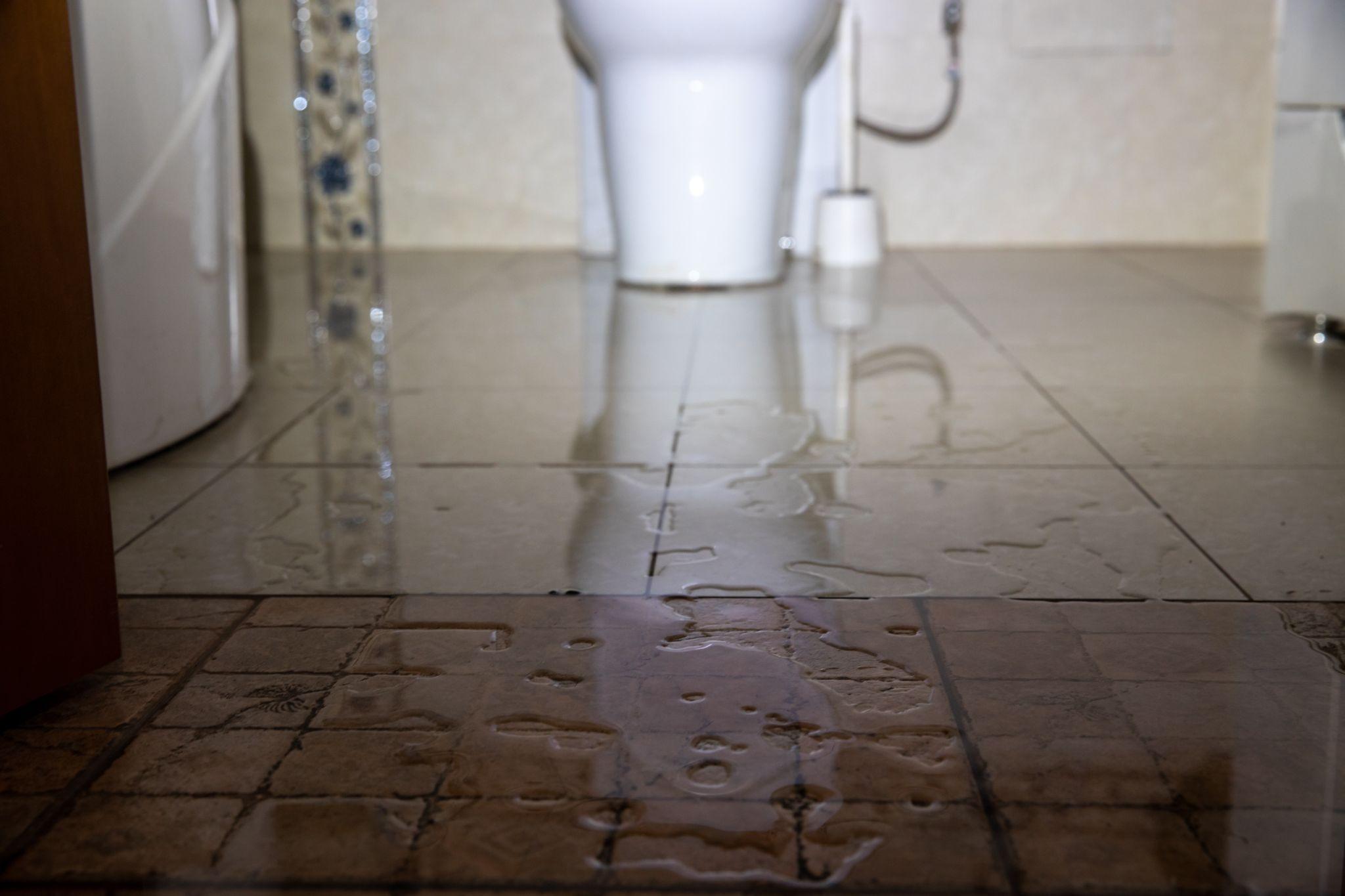
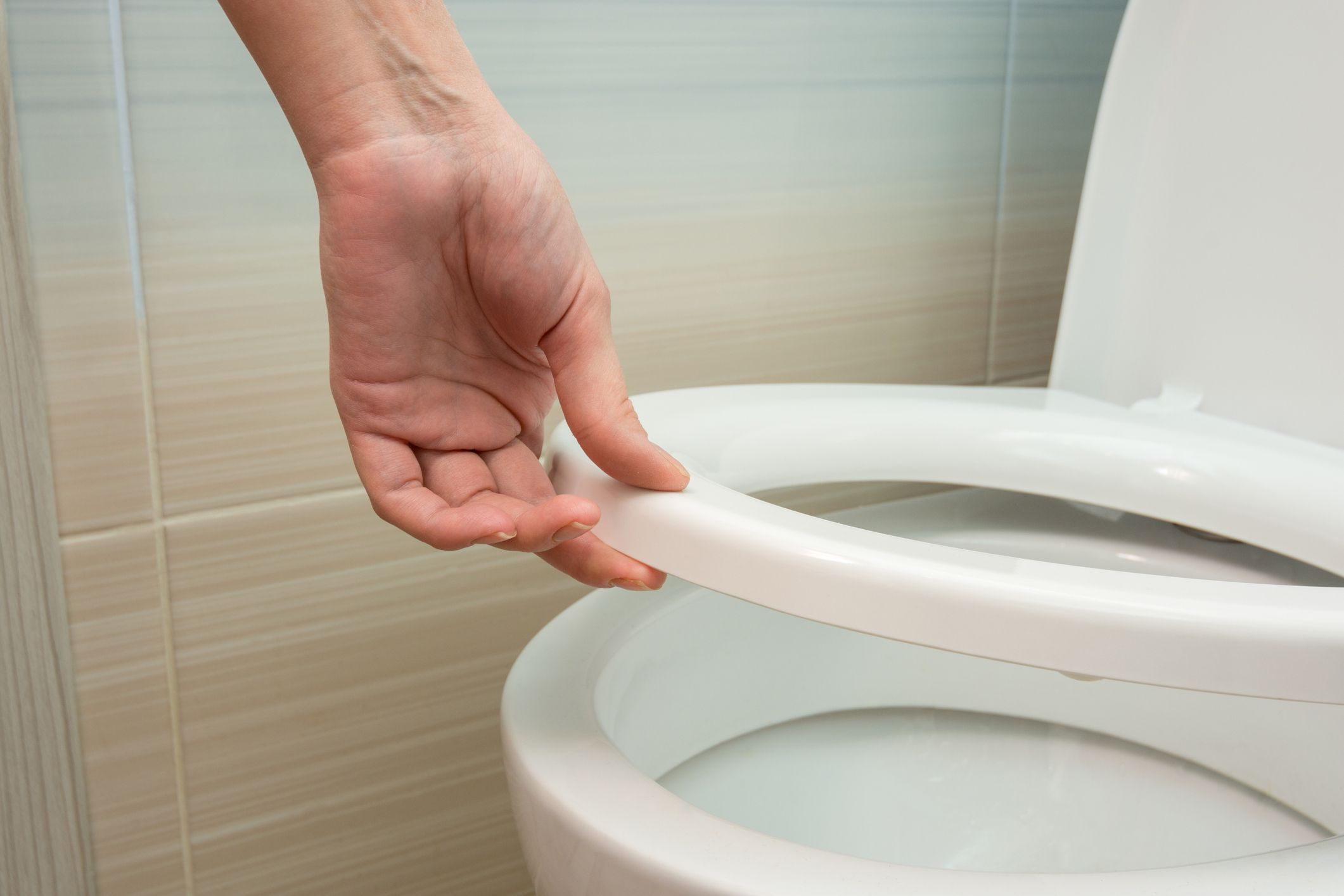
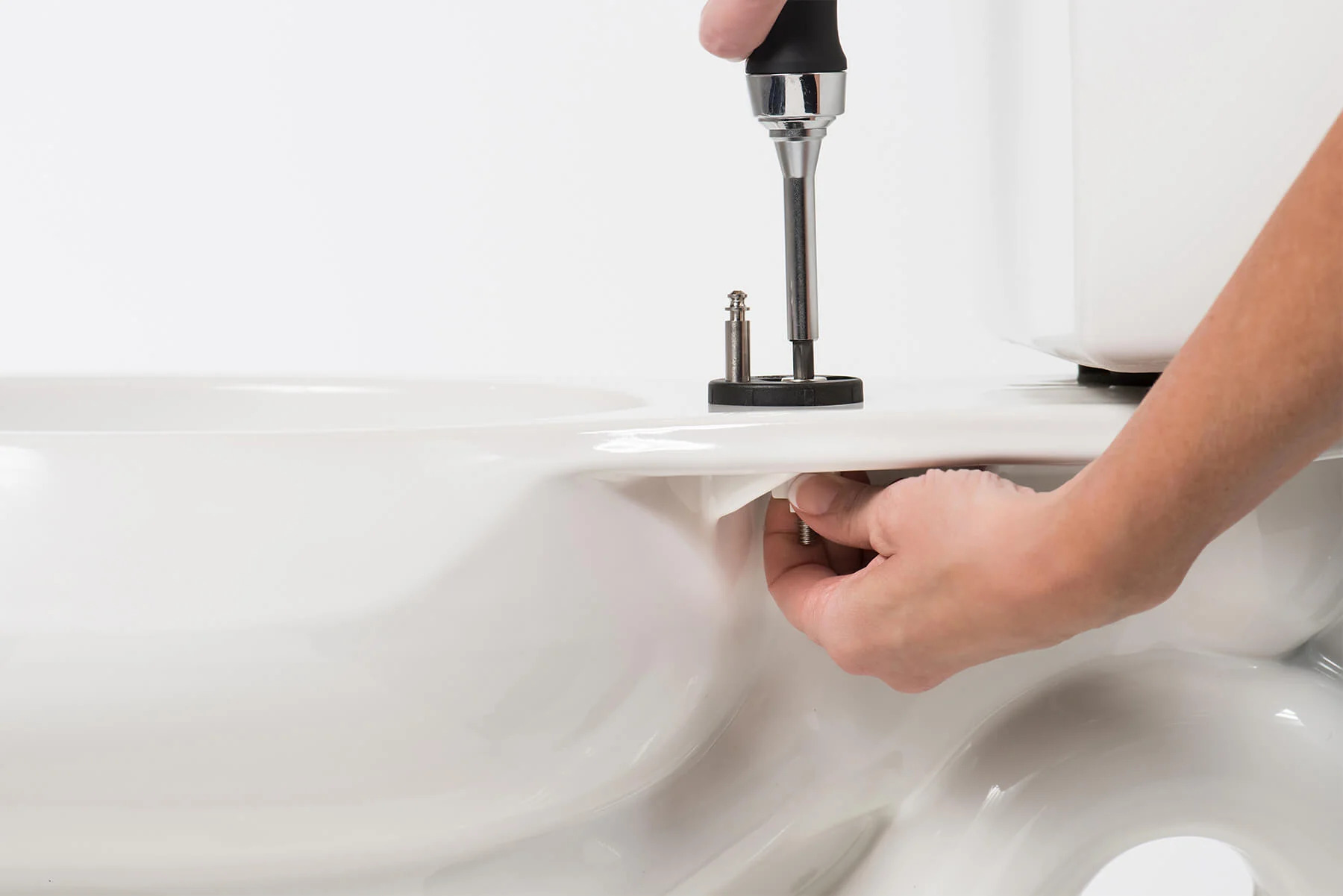
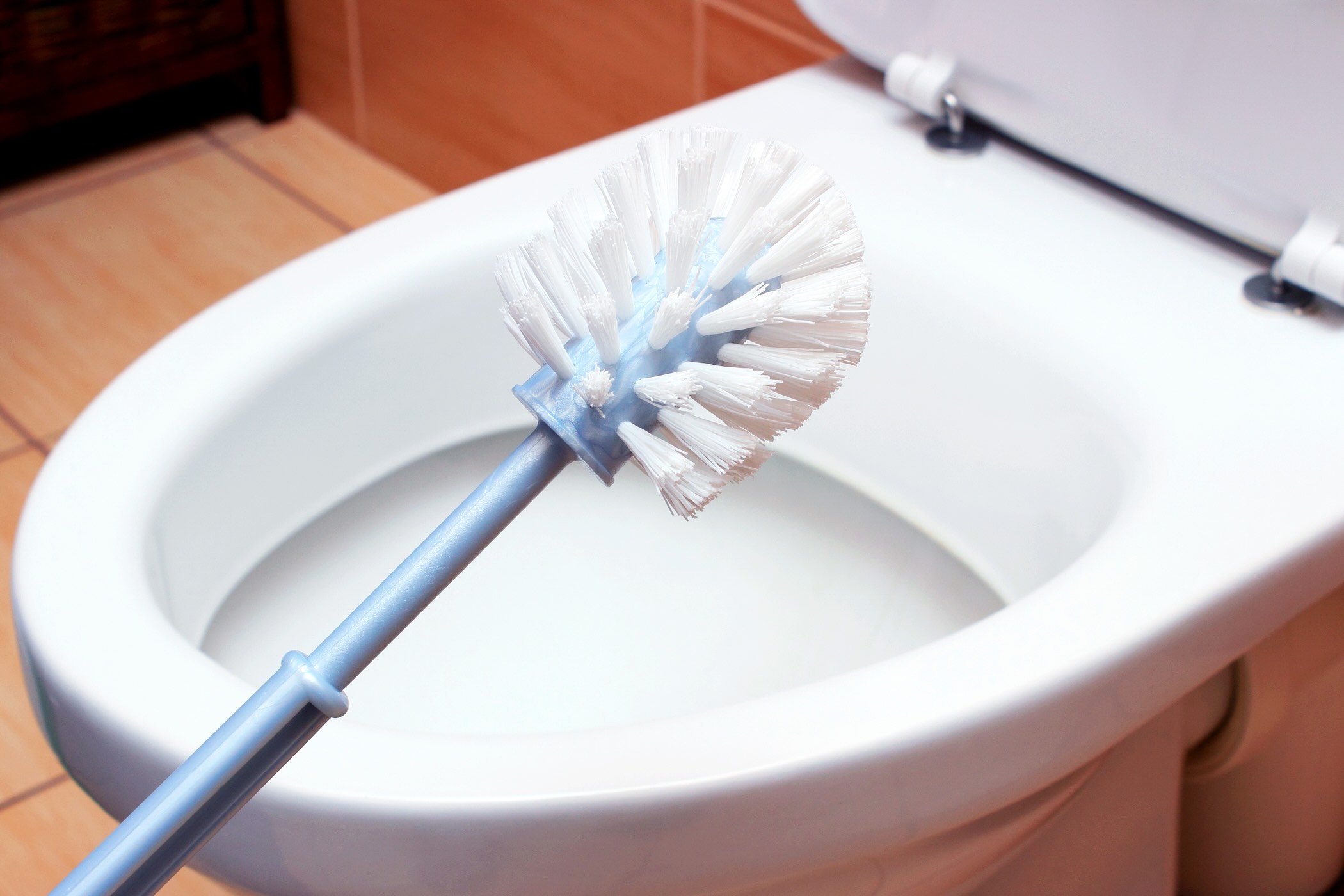
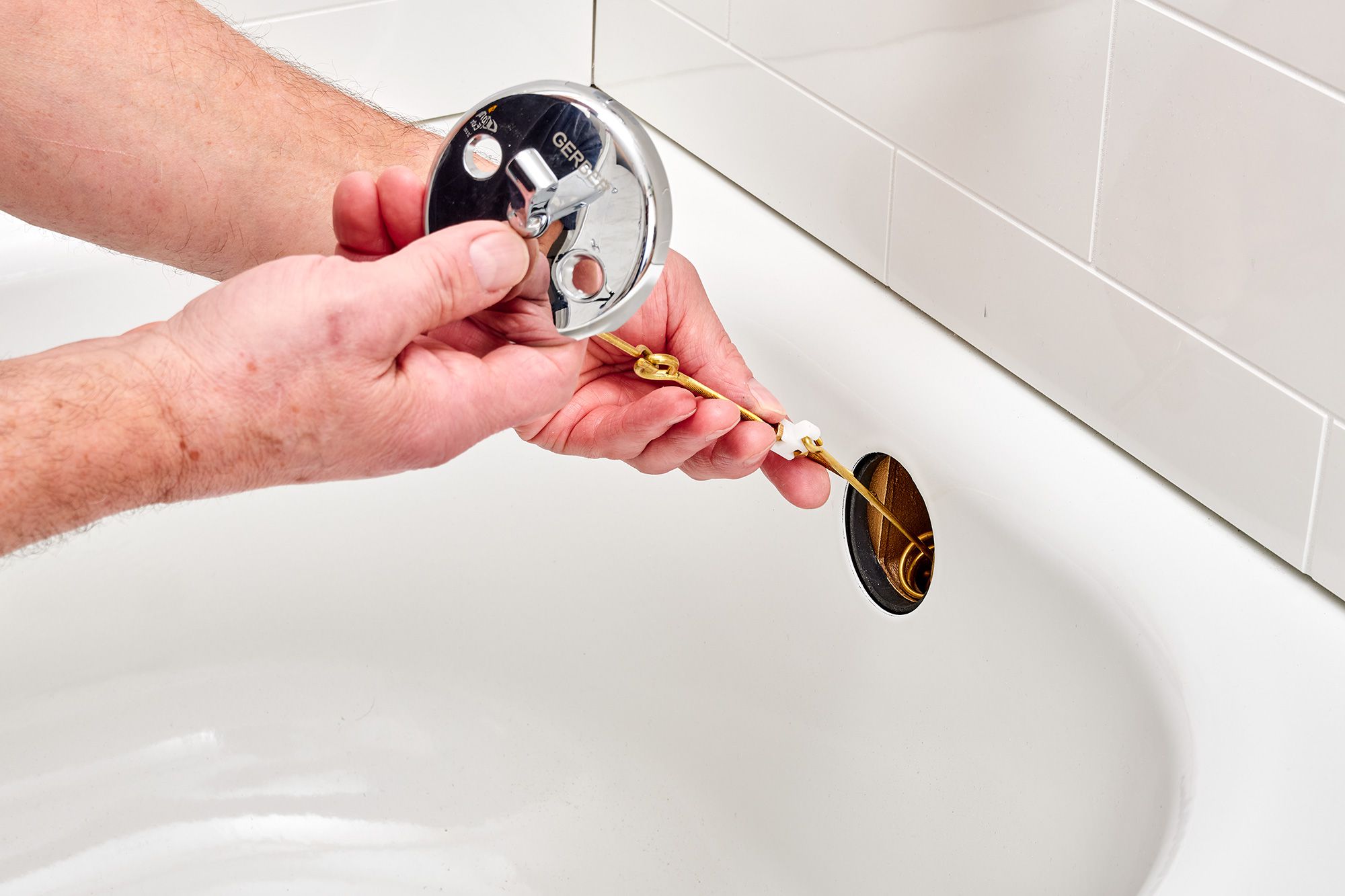
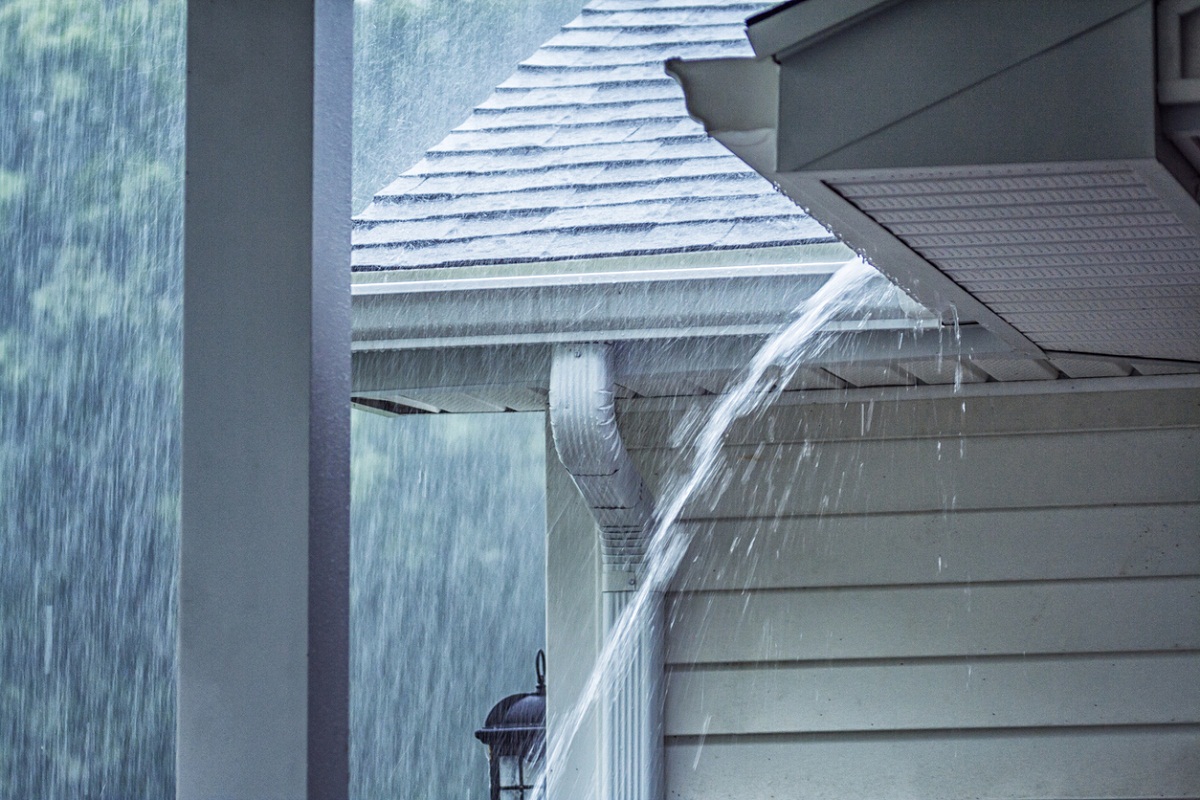
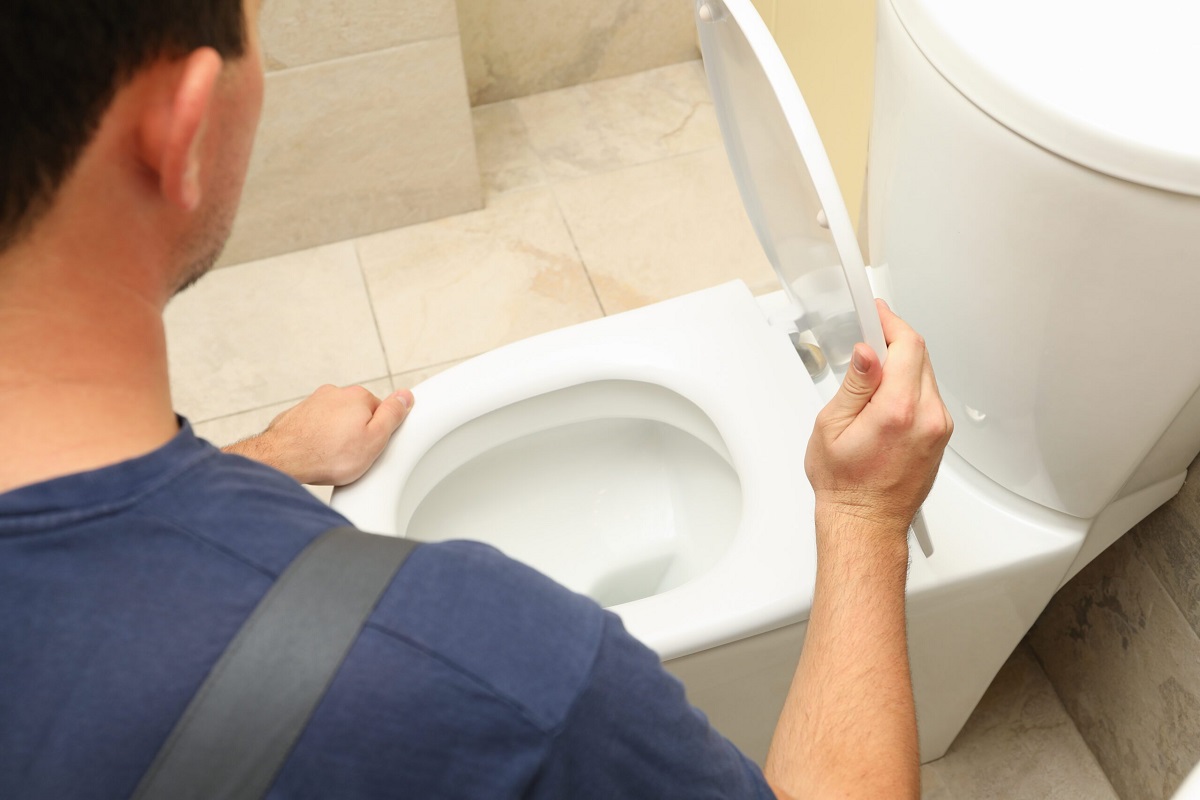
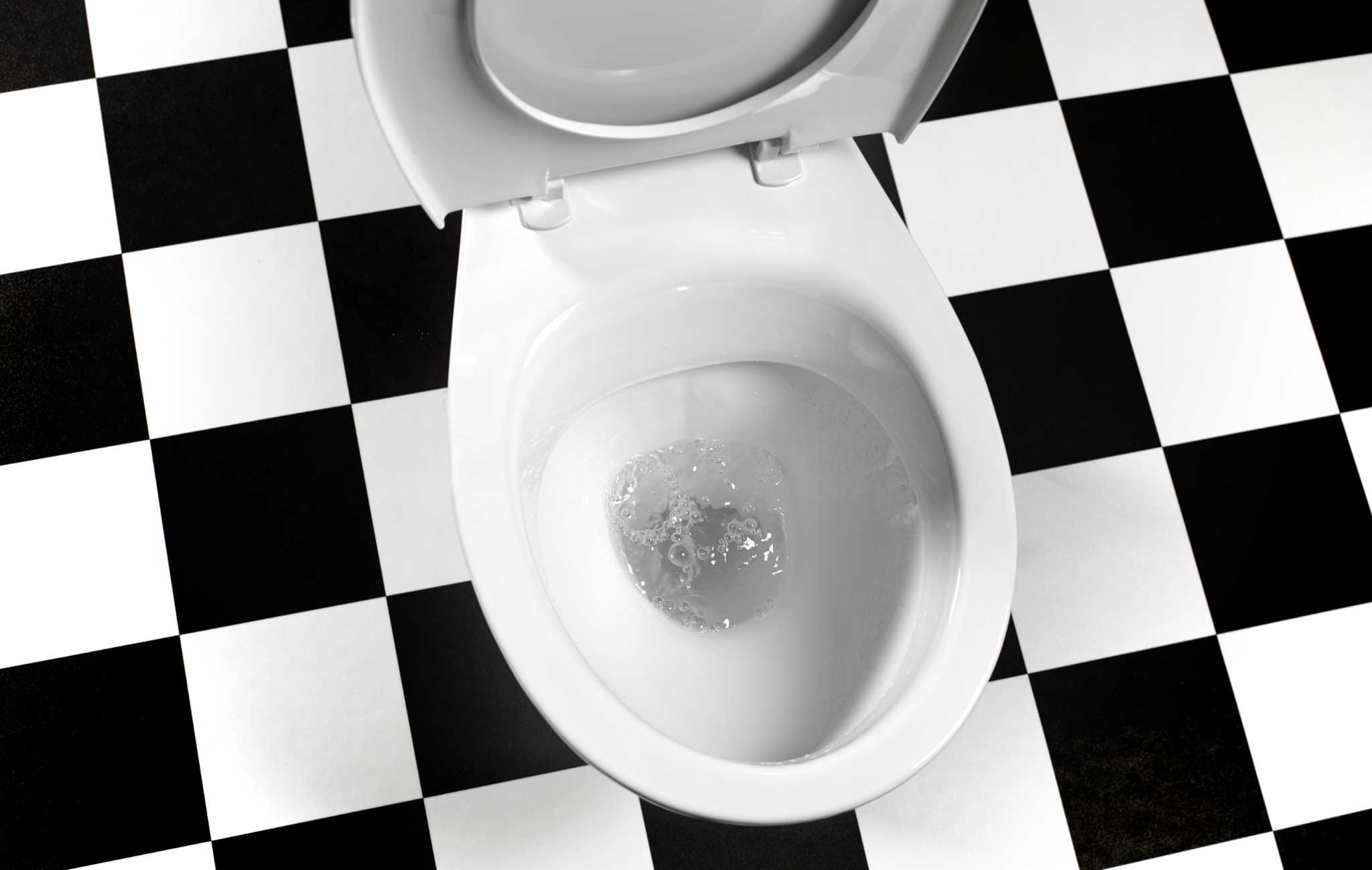
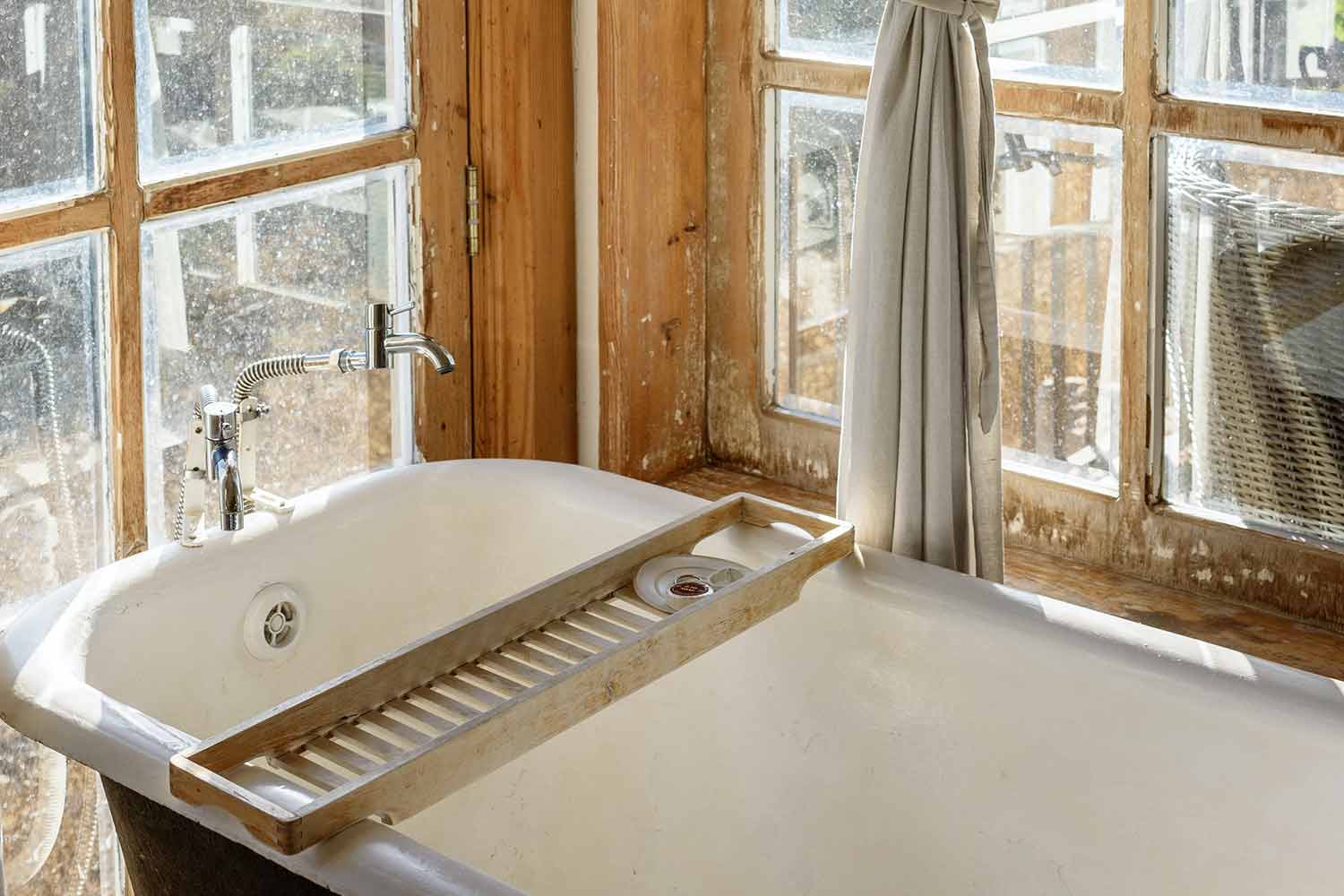
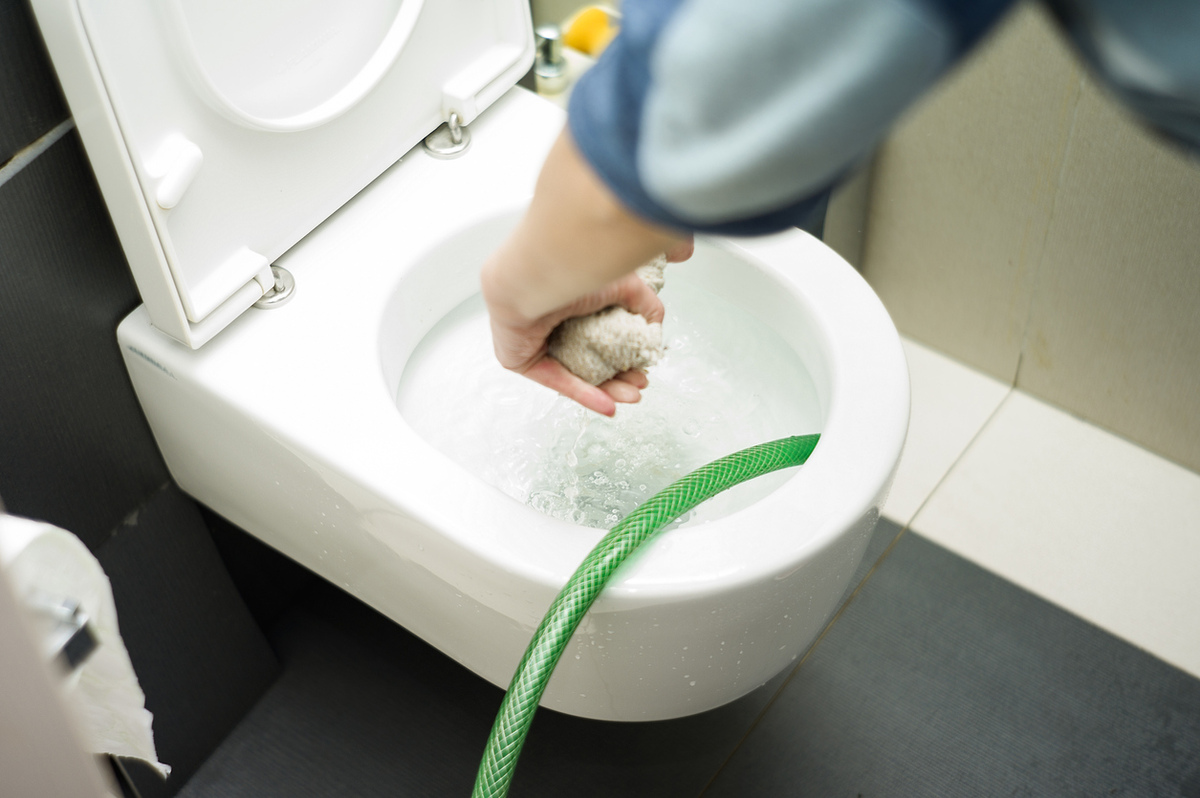
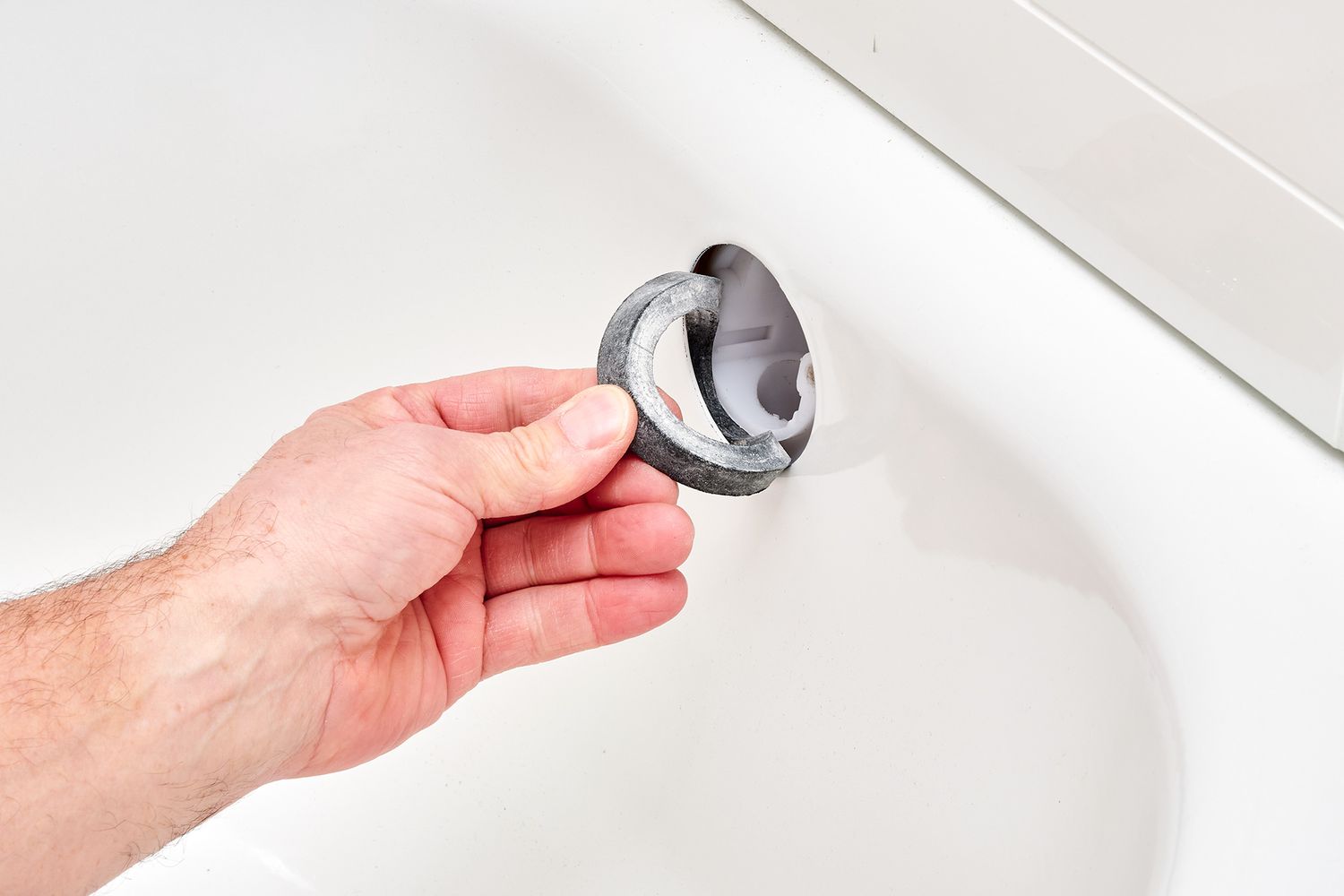
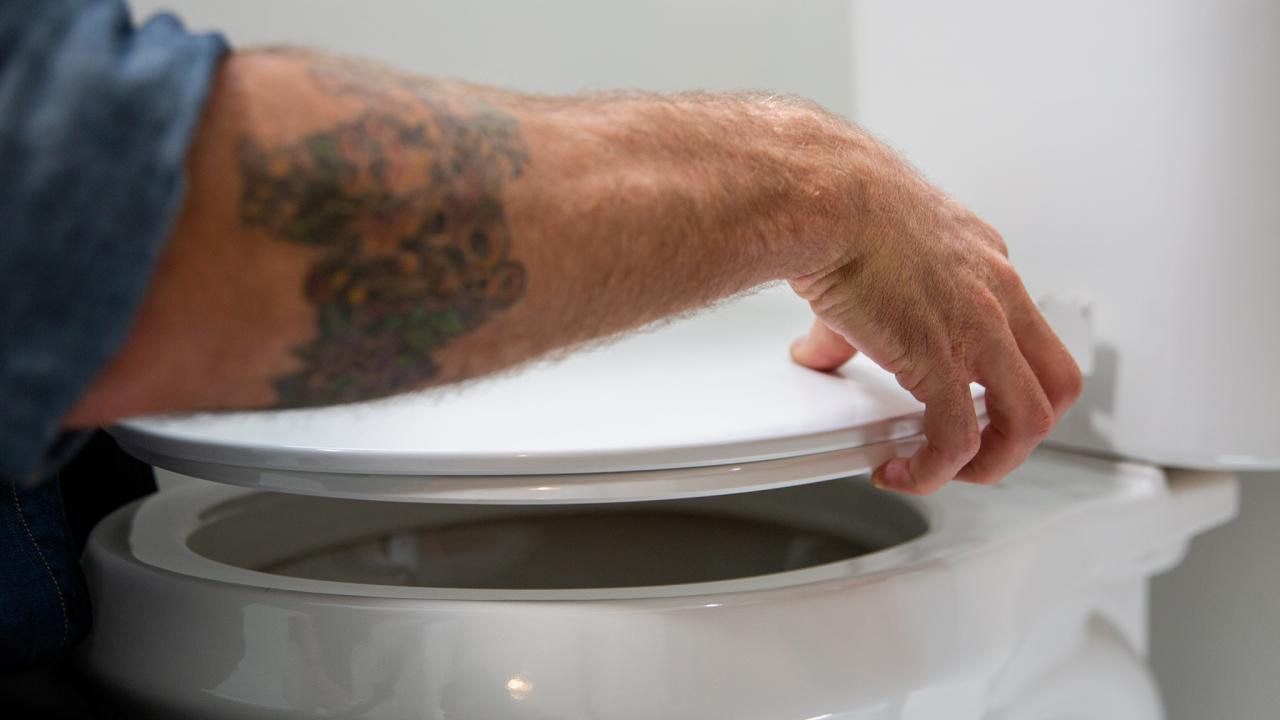
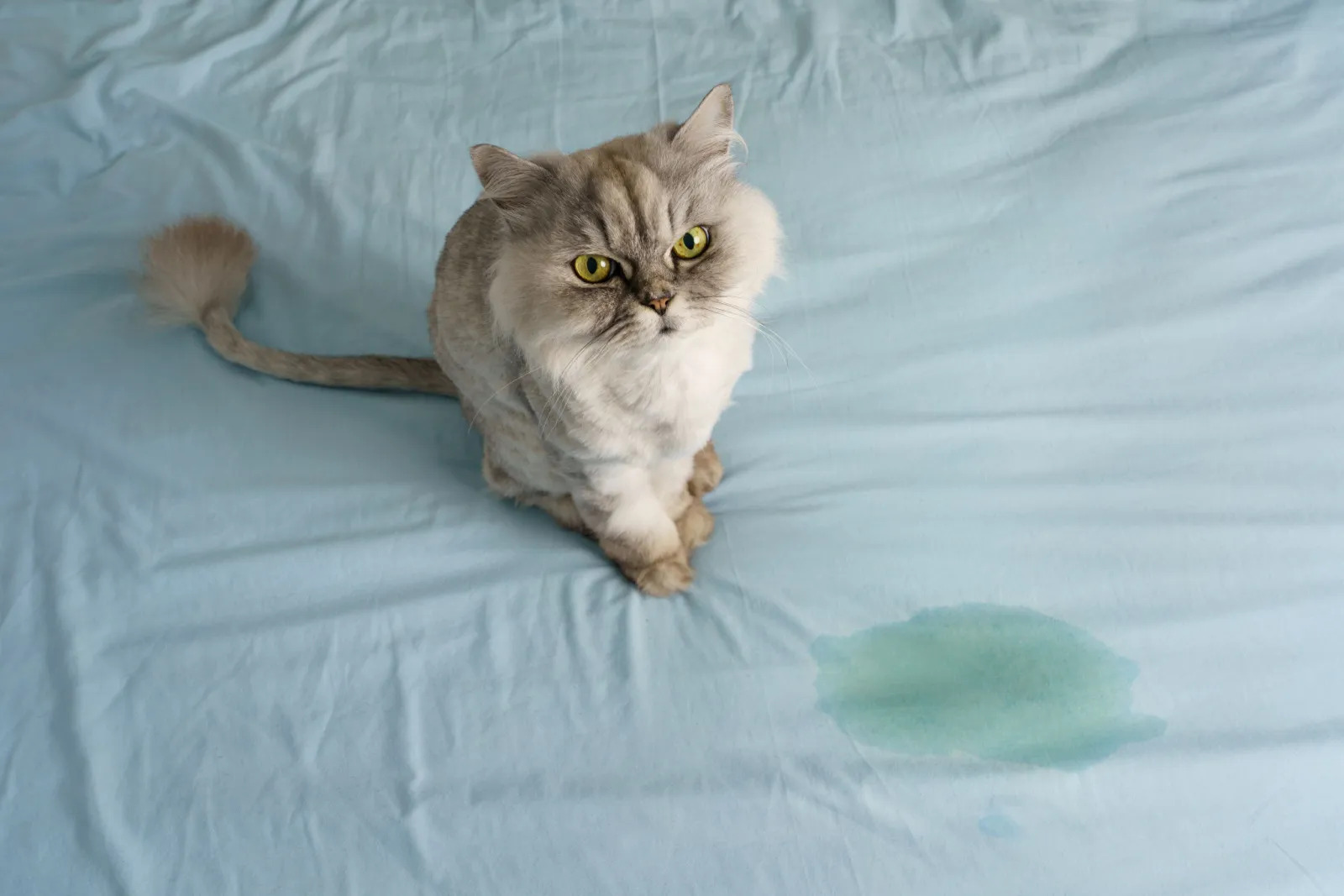
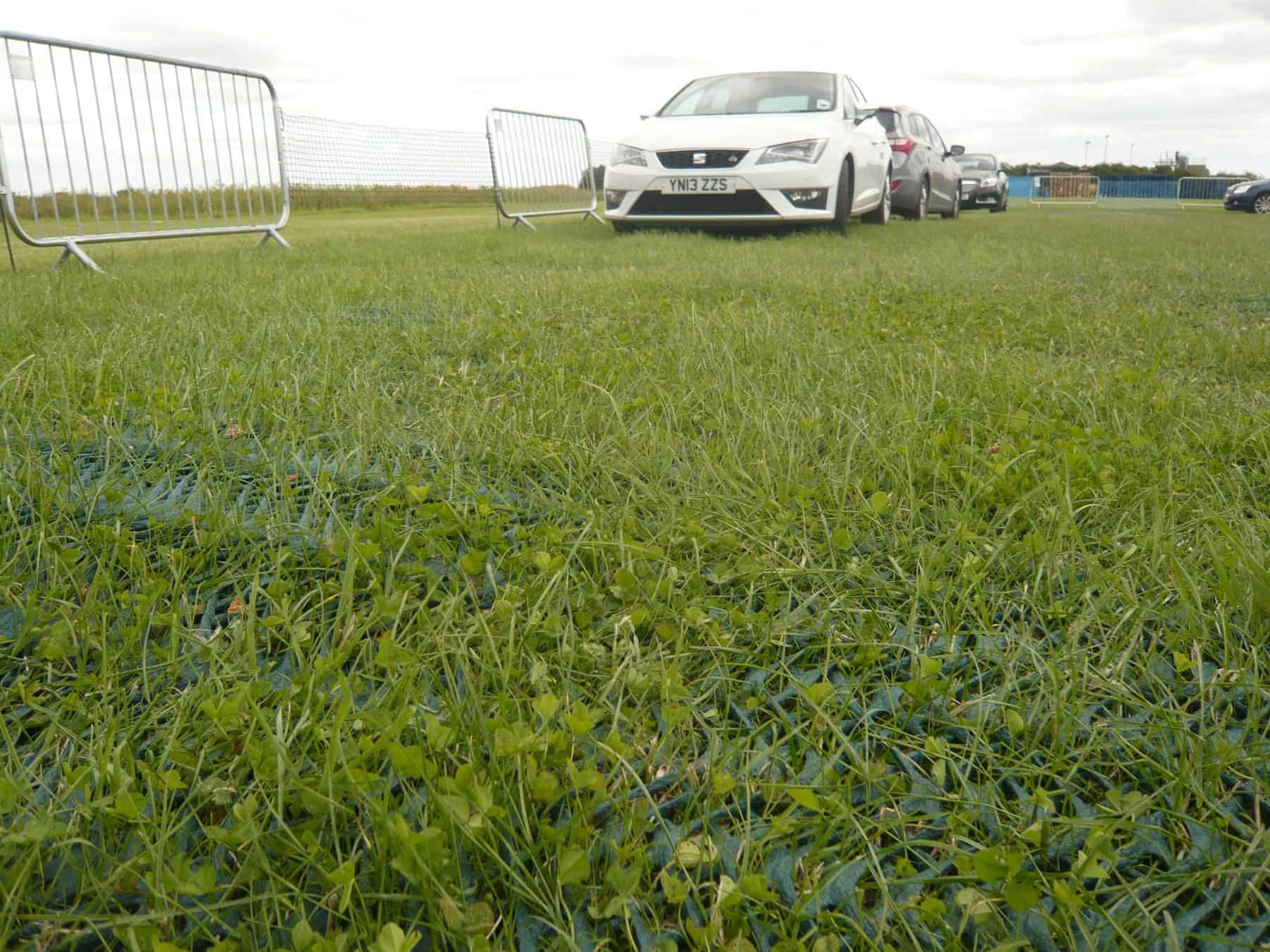

0 thoughts on “How To Stop An Overflowing Toilet”